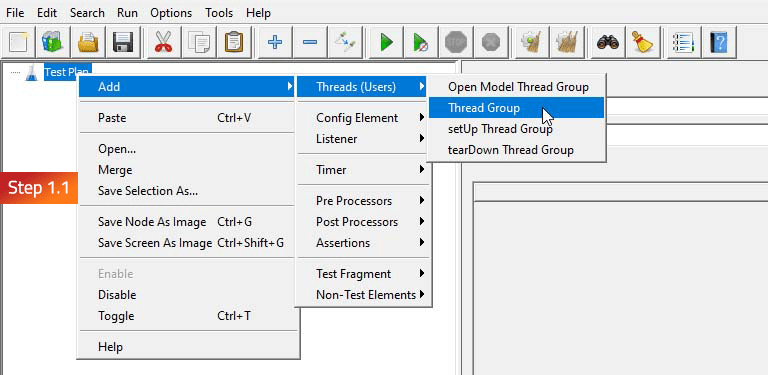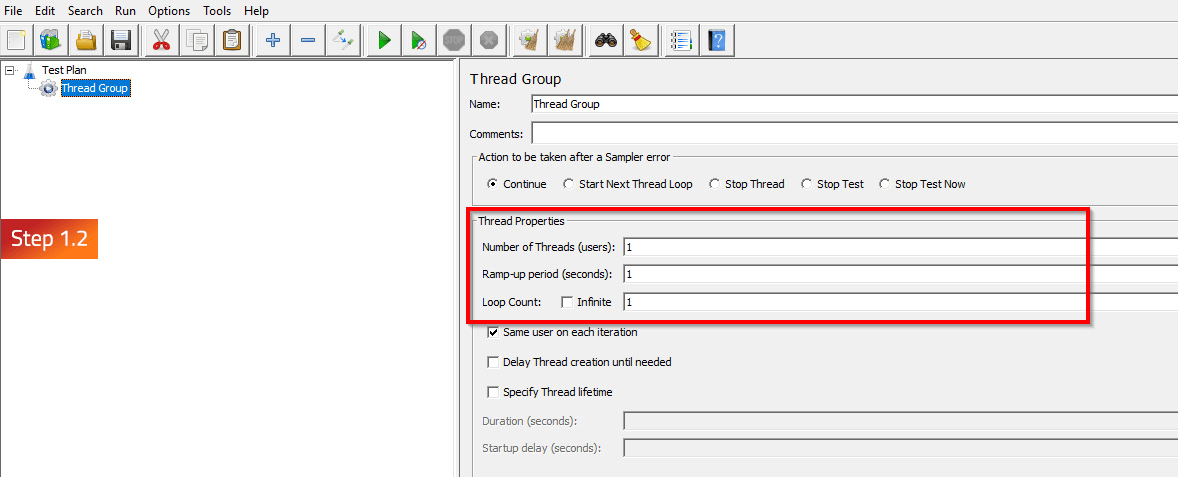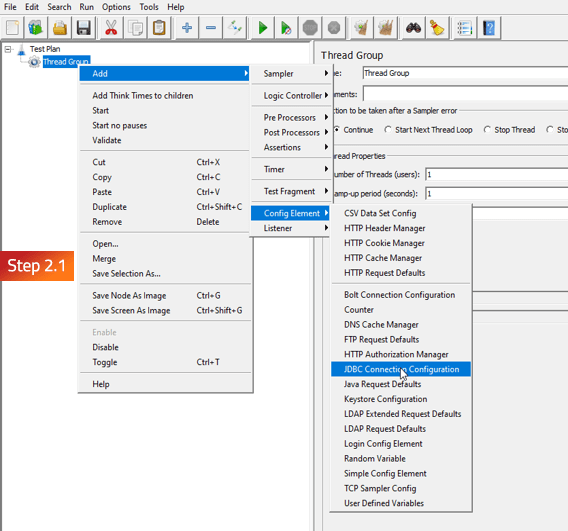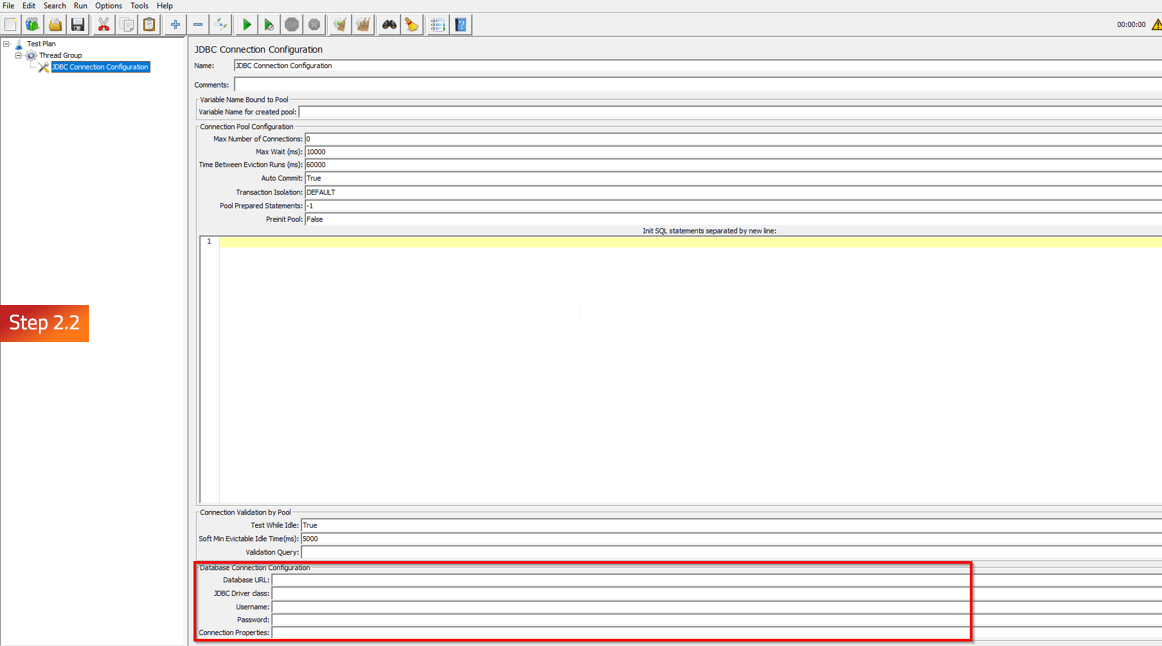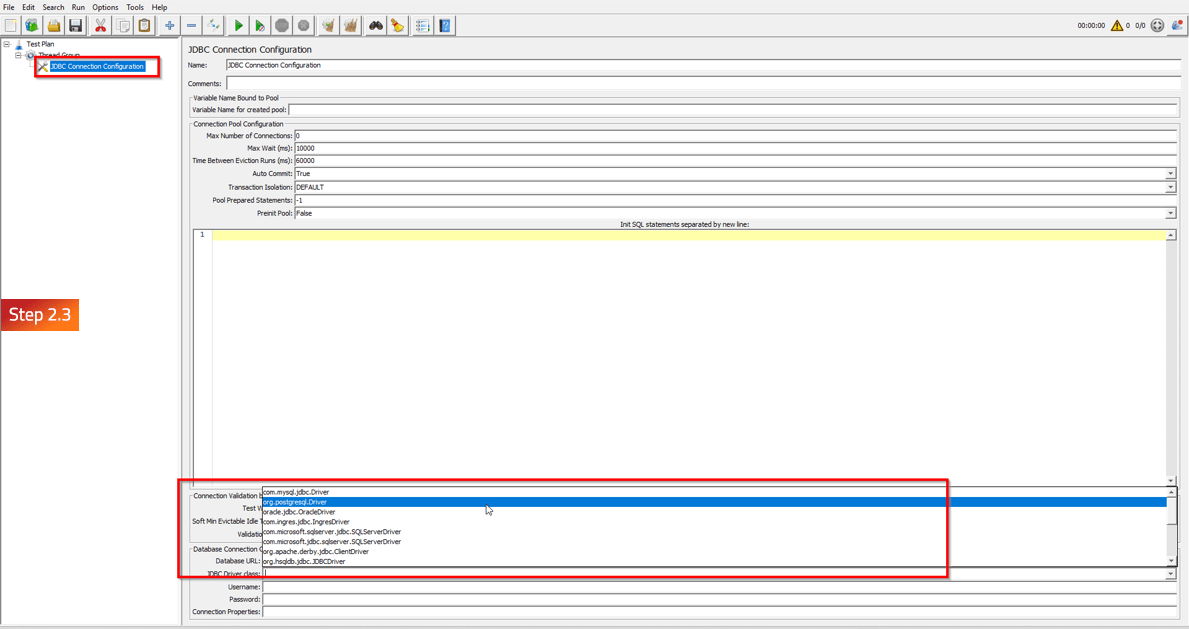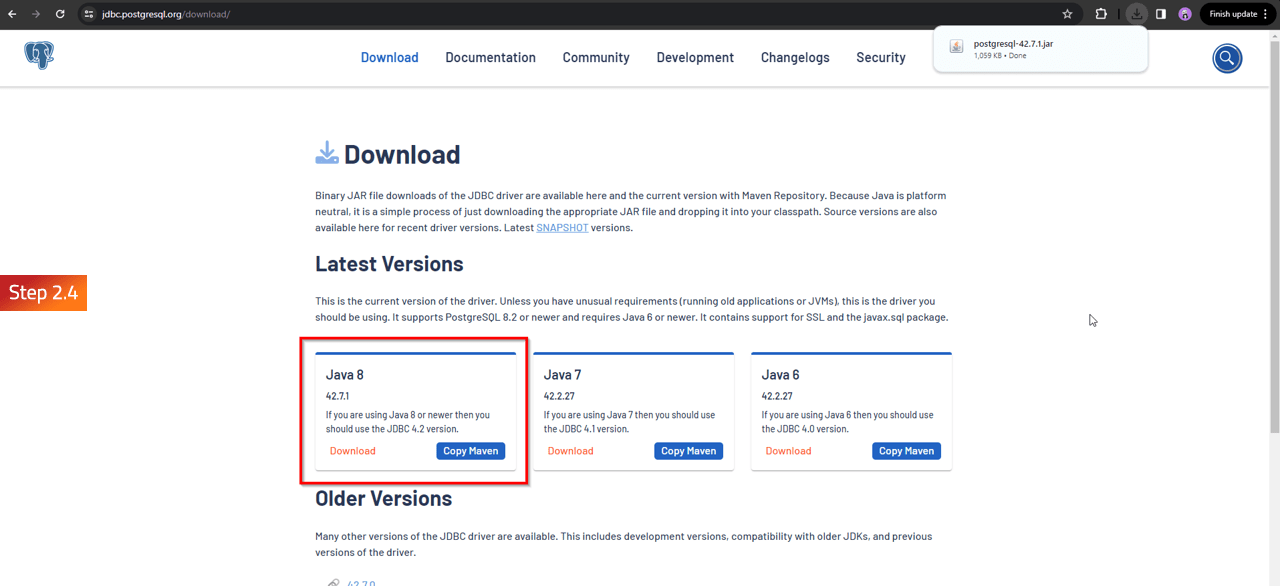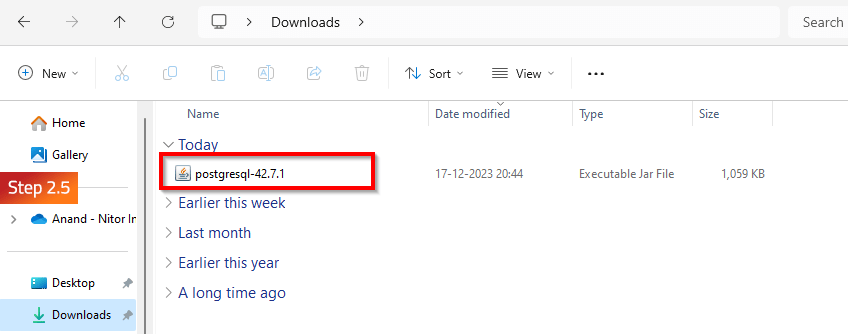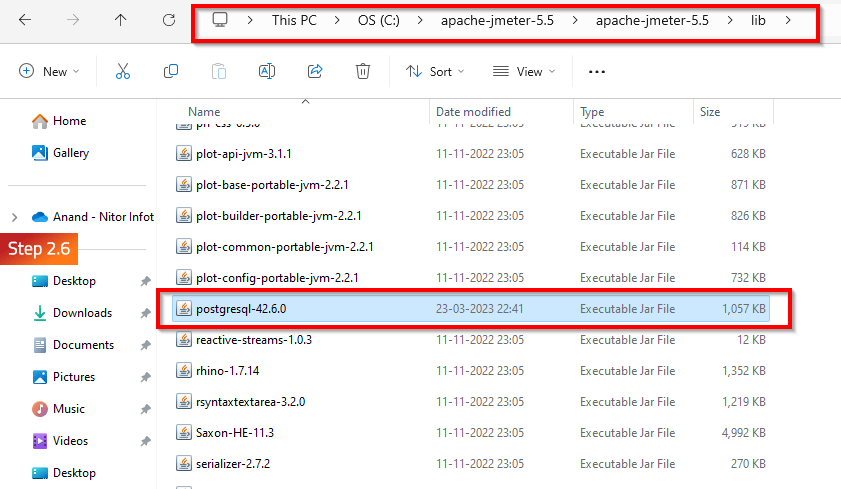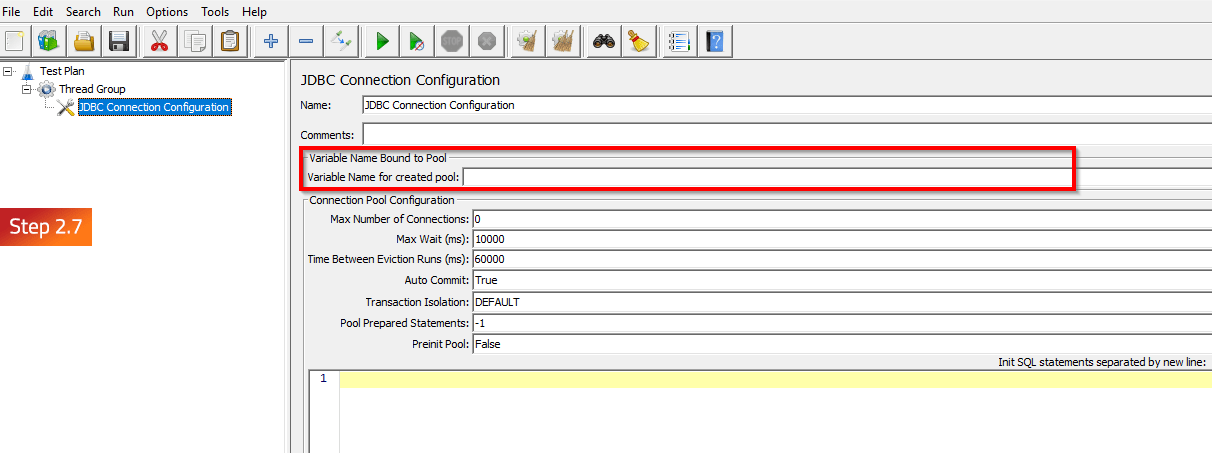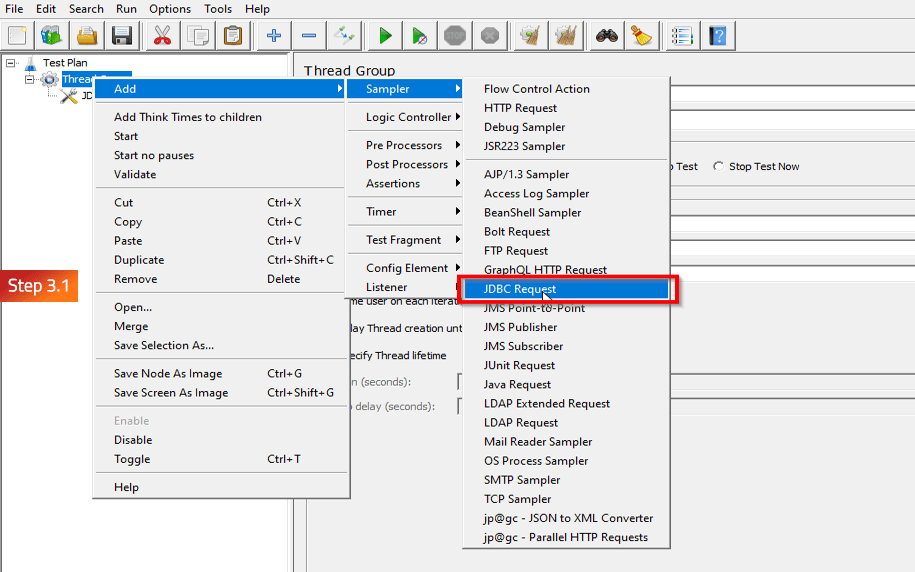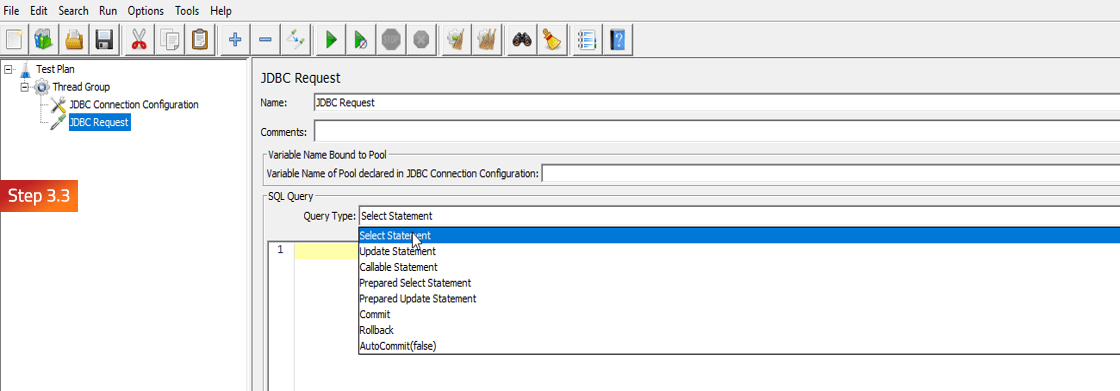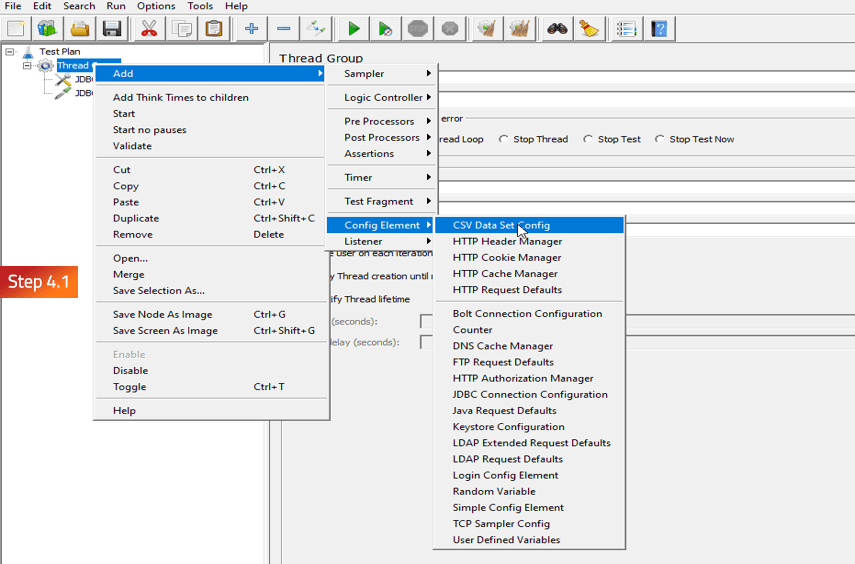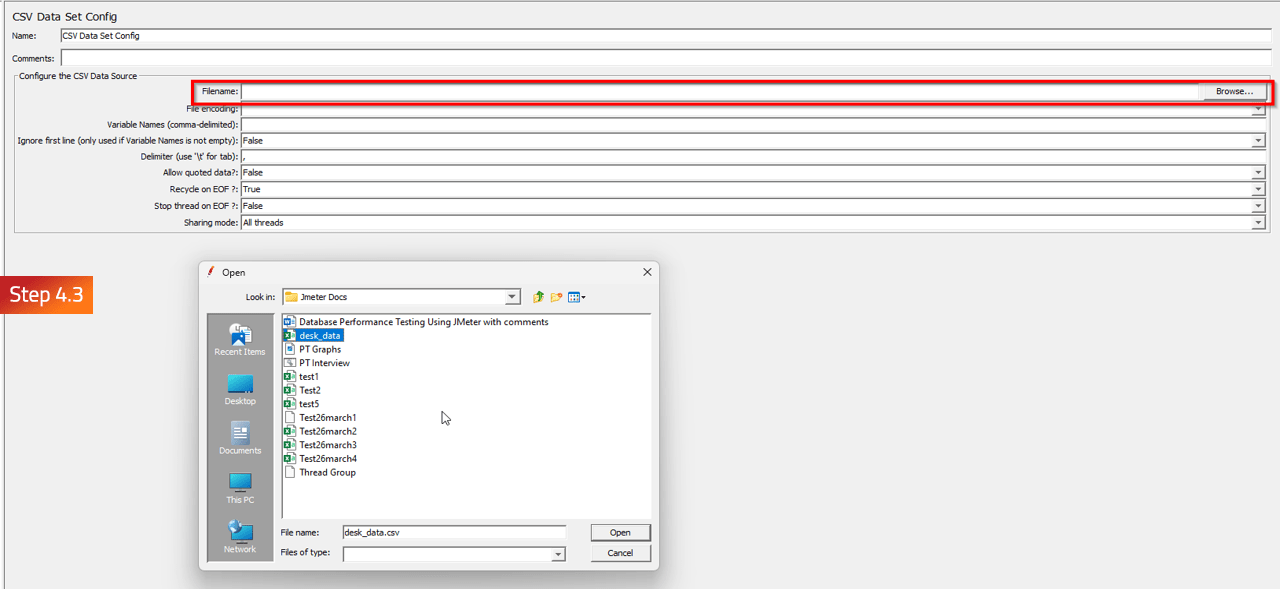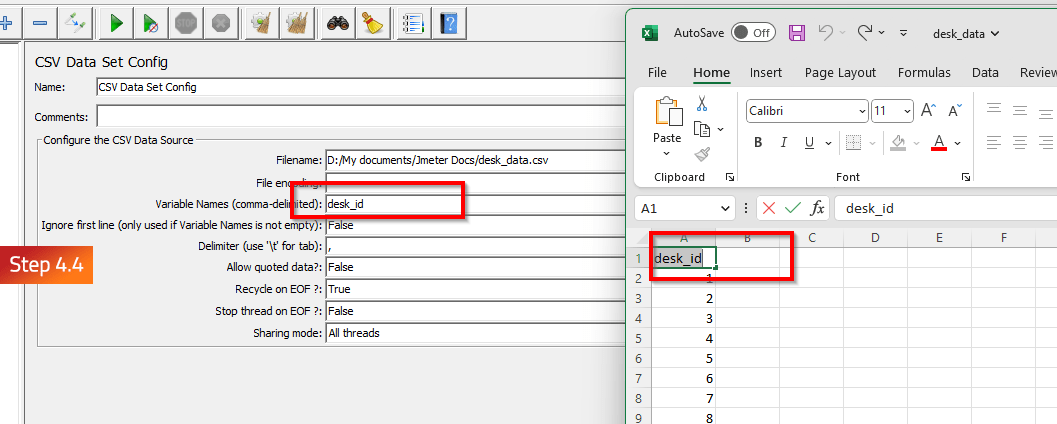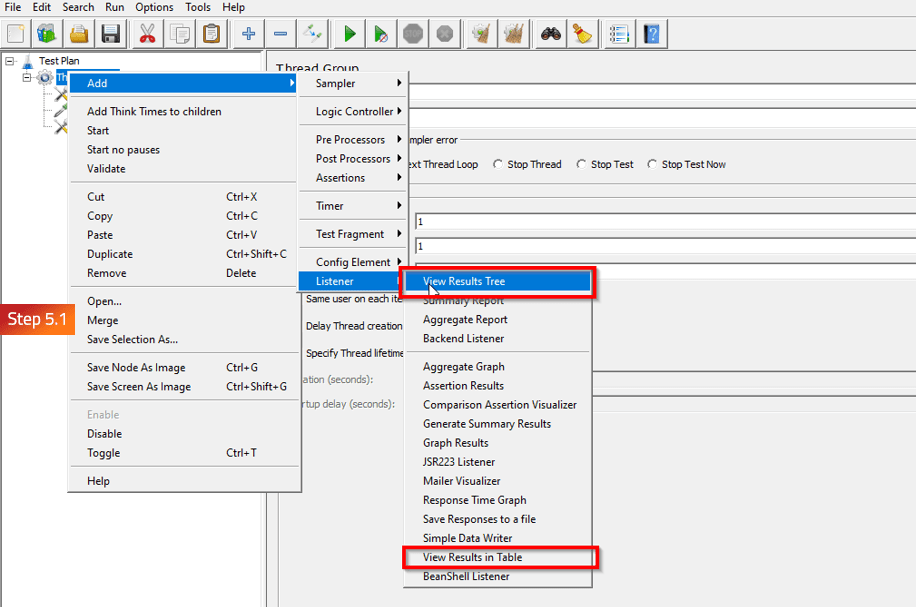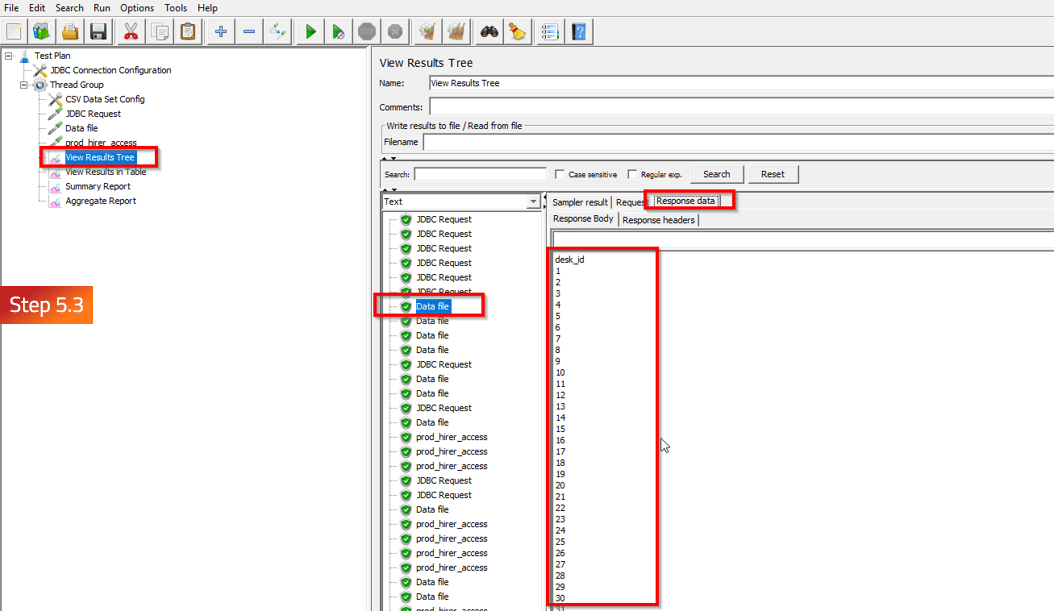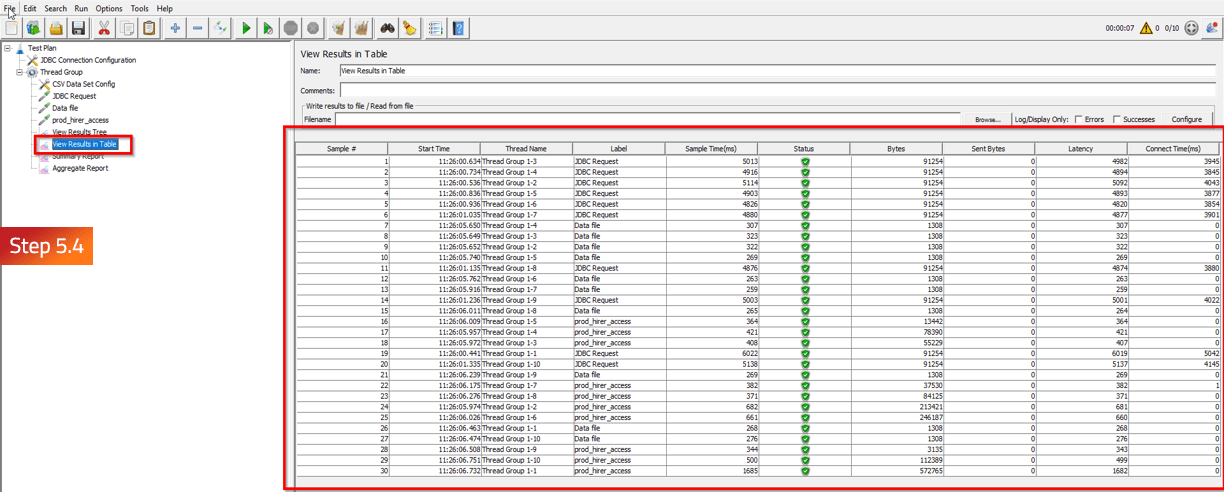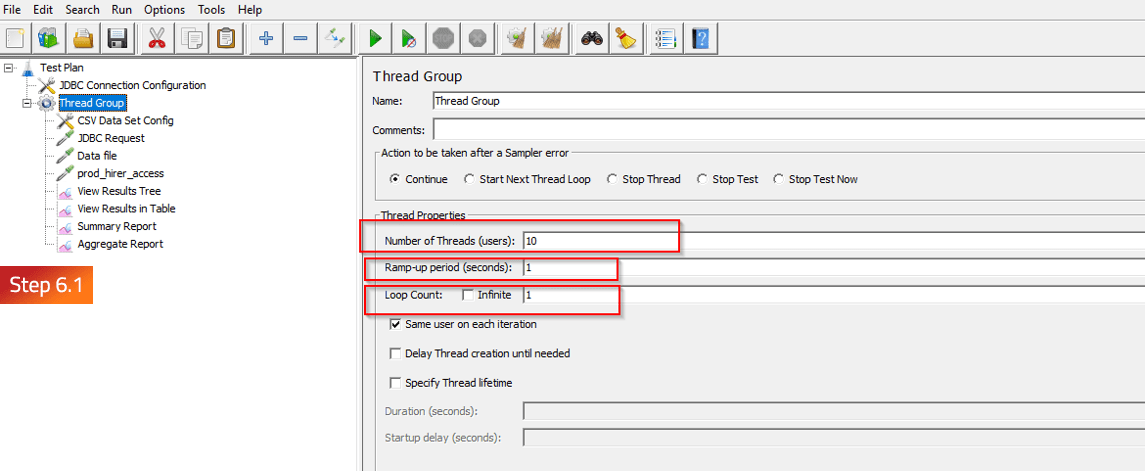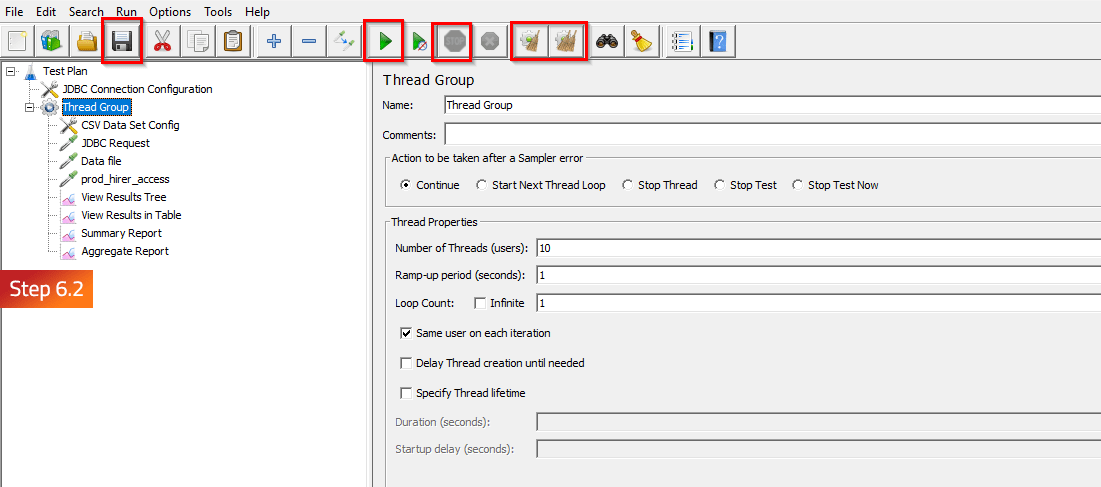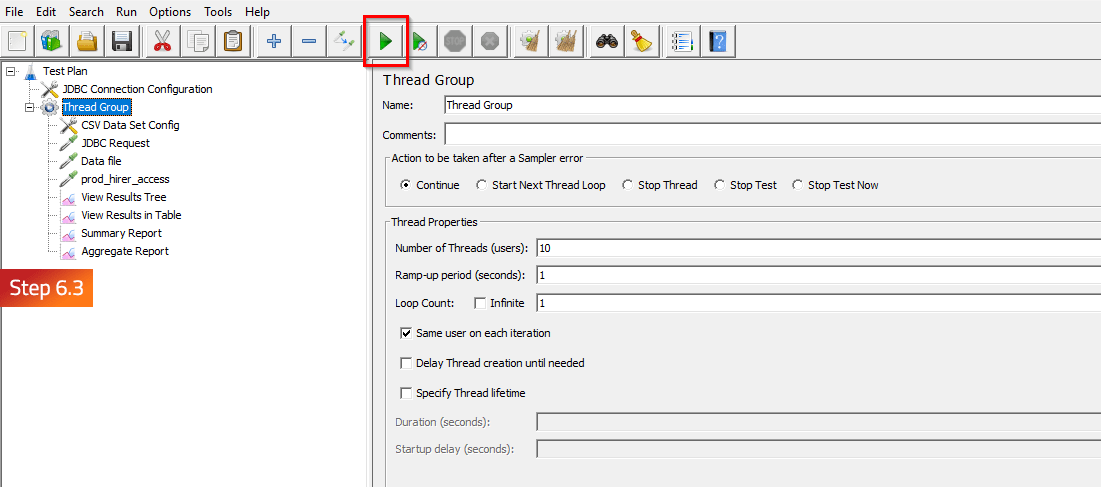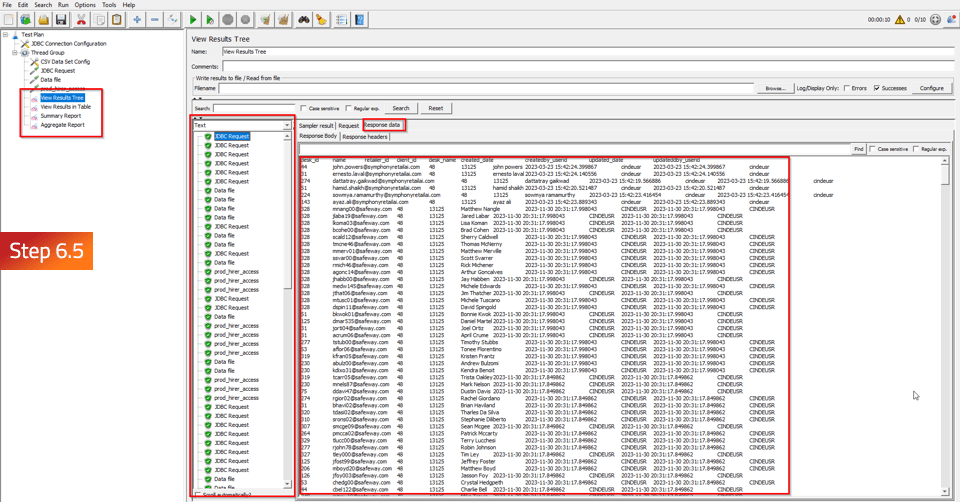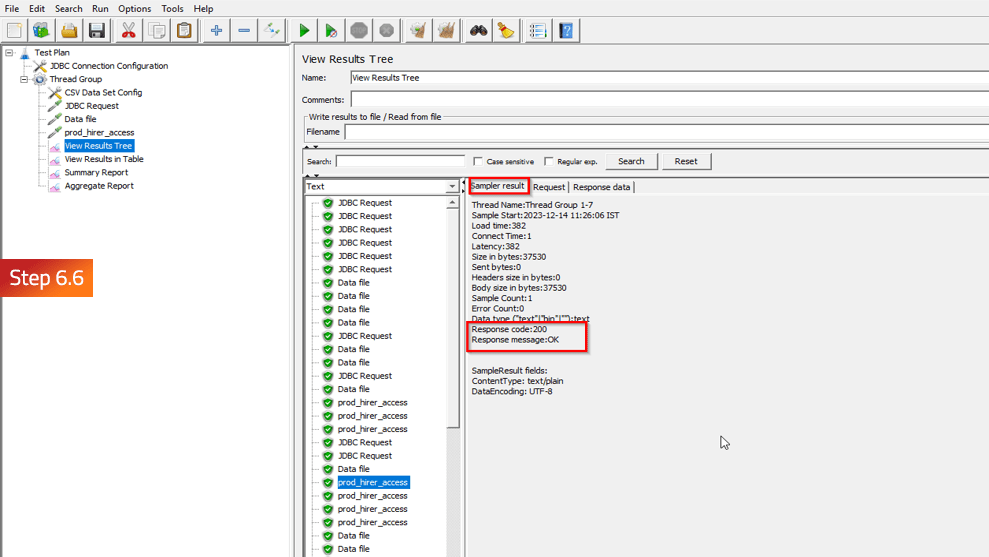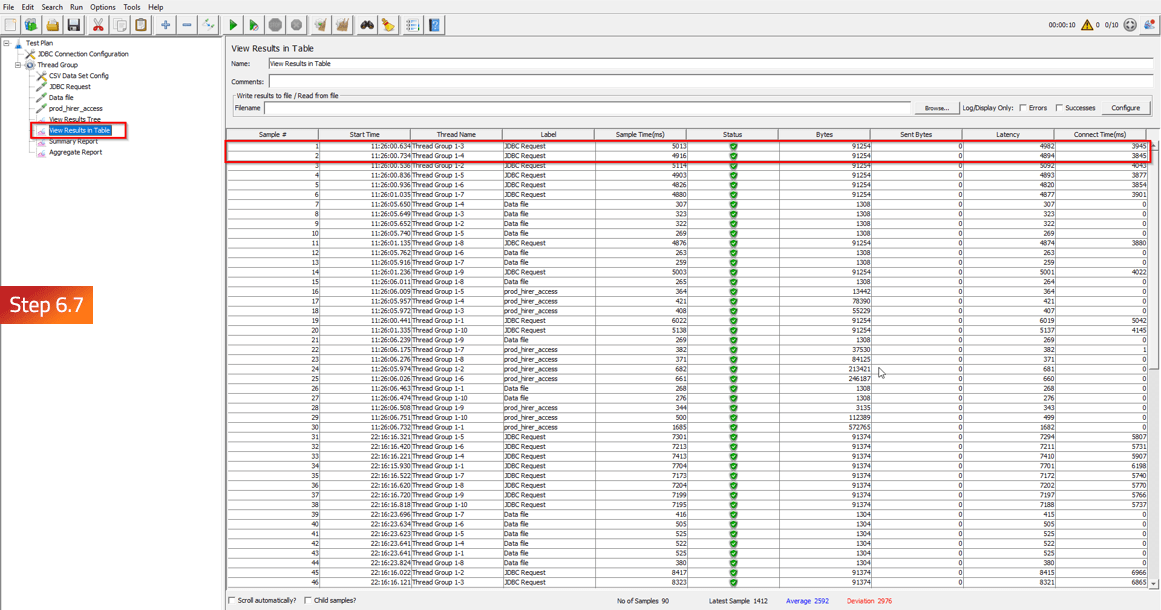A design sprint is a process used to solve complex problems and create solutions through rapid prototyping and user testing.
It’s an intense, five-phase process that helps you to create innovative products and services. These are the ones that customers love.
In this blog, we’ll explore the five phases of a design sprint and I’ll show you how to conduct your own successful sprint.
By the end, you’ll have the tools and knowledge you need to start your own design sprint and bring your project to life!
Take a look at the 5 stages of a design sprint:
Stages of a Design Sprint
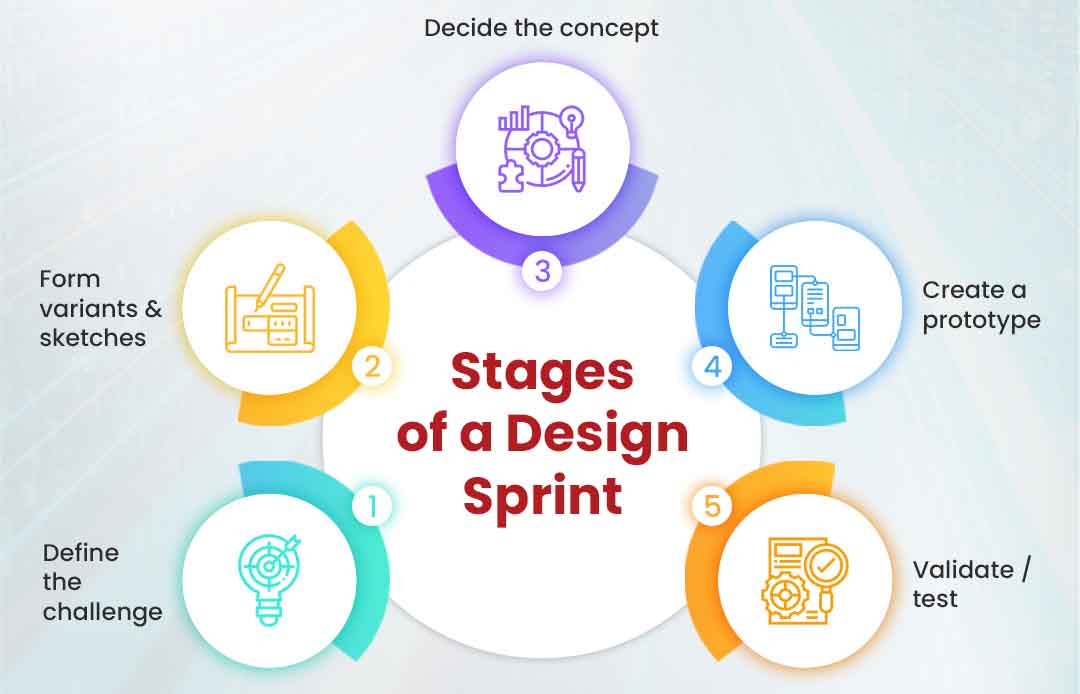
Fig 1: 5 stages of a design sprint
1) Understand and define the challenge
At this point in the understanding stage, you’ll work with other team members to build a knowledge base. This will encompass different angles in your business and industry. You’ll use Lightning Talks to allow people to express the different ways of looking at a given problem or problem area. The result of this stage will help quicken understanding of the challenge. It’s a collective of the different people contributing. It also provides an opportunity for cross-functional members to find their own perspective.
So, following that, participants vote on what topic to research and explore in more depth during the Diverge phase. The group can also specify success criteria at this point to refer back to in the later Stages of the sprint and after the Sprint.
Before the wrap-up phase begins, it’s crucial to obtain alignment on who should make specific decisions within the sprint process. This can prevent unimportant decisions from being made.
The team will reassess all of their learned information from the Define phase to help establish their plan of action in the future. In this step, the team establishes a focus, or a defined context and specific outcomes desired for their plan of action.
Before a final product is set, we first decide on a challenge statement with measurable criteria to evaluate effectiveness, then have all participants brainstorm potential ideas on how to address that statement.
They should be encouraged to create many ideas without considering their practicality at this stage. All of the ideas should be discussed and then narrowed down until there is agreement on the solution(s) to be tested.
The aim of this step is to produce one or more well-described challenge statements that communicate to the whole team the measure of success achieved by the end of the sprint.
2) Sketch variants and sketches
In Sketching, the design sprint team shares a variety of ideas as individuals. Here you may seek inspiration from problems in different spaces such as other countries or from outer space. During a design sprint, each participant individually works to come up with ideas to be considered by the rest of the group.
This can be done through sketches, writing, or prototypes. You will need to sketch multiple variants and sketches in the effort to come up with ten design directions.
Afterward, it’s time to share them with the group and spend time debating and refining the different approaches together. In this early phase, do not worry about criticism too much. Focus instead on exploring ideas and allowing natural conversations to flow.
This is when you can come up with new and different possibilities, which will allow you to later construct tangible ideas.
Once everyone shares their thoughts, you can determine together which are the most important to pursue further.
3) Decide the direction / concept
In the Decide phase, the design sprint team zeroes in on the direction or concept that must be prototyped. Each participant shares a Solution Sketch. The team reaches a consensus on one idea through decision-making workouts.
Next comes the draw step where each member is tasked with creating a Storyboard that illustrates their solution in narrative form. This helps visualize how users interact with the product / prototype from start to finish.
Following this step is Ideation. This involves a flurry of creative thinking to find answers for any potential problems or issues. With rapid brainstorming and use of divergent thinking techniques such as mind mapping, it’s possible to come up with an array of solutions quickly.
From there, members are encouraged to pick out ideas they like and refine them further. Then they discuss and decide which ones they want to pursue.
4) Create a prototype / mockup
During the Prototype phase, the design sprint team collaborates to come up with a prototype of the concept. This is when many decisions are made around what exactly the concept is and includes. It can involve:
- Sketching out ideas on paper or whiteboards
- Creating digital mock-ups in software like Adobe Photoshop
- Prototyping with specialized tools such as Figma or Framer, or
- Building something from scratch with coding
The goal of this phase is to get an actual product working as quickly as possible so that it can be tested with real users. It’s important during this phase to keep iterating and improving upon ideas until the perfect solution for each feature has been found.
During this time, it’s also important to ensure that all requirements have been met. This is so that users will have an ideal experience with the prototype when it’s ready for testing.
5) Validate / Test
The last stage of the design sprint is to validate the hypotheses made in the first stage. This phase includes testing the prototype by a few selected people who meet certain criteria. Their feedback will provide insight into whether the product addresses their needs.
All the data collected from these tests will be used to determine whether it’s worth further developing and pursuing the idea.
During this phase, it’s important to take notes on what’s working and what isn’t so that tweaks and changes can be made if necessary. Also, it’s important for team members to keep an open mind and remain objective. This is so that they can make decisions based on facts rather than biases or assumptions.
After validating, it’s time to make some adjustments and decide on the next steps that should be taken to move forward with the project.
Lastly, documentation should be done during this phase to keep track of progress and better inform future decisions.
With all this done, you’ll have a successful and well-rounded design sprint under your belt!
If you’d like to learn more about the building of new-age software products, download this datasheet.
Write to us with your vision of a design sprint. Also visit us at Nitor Infotech to learn about our UX engineering expertise!







